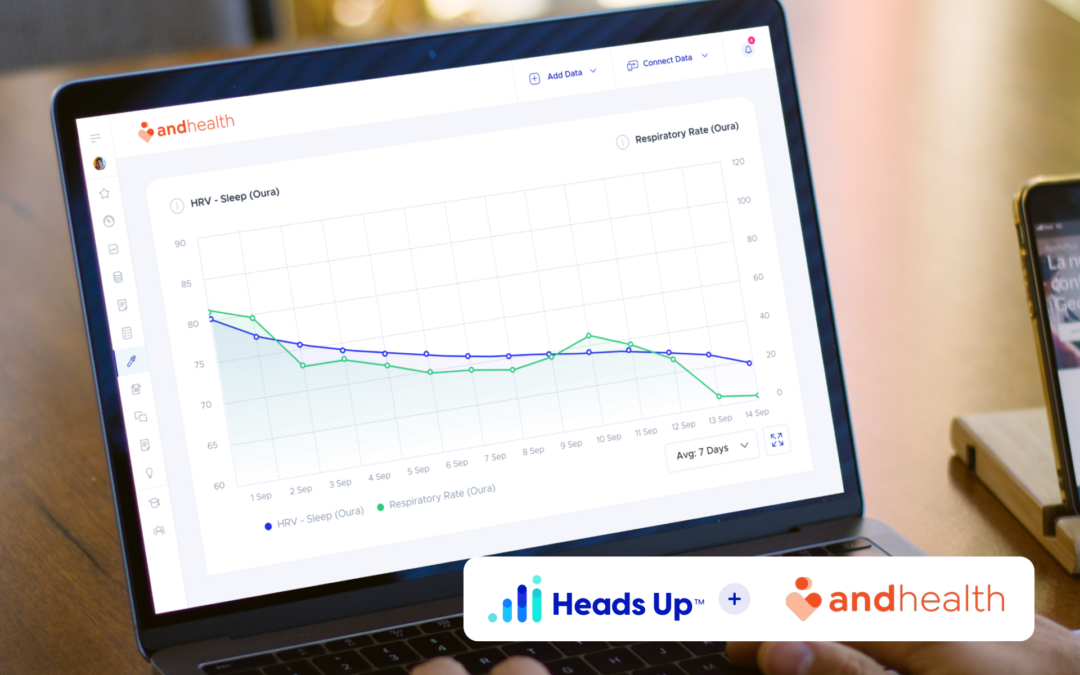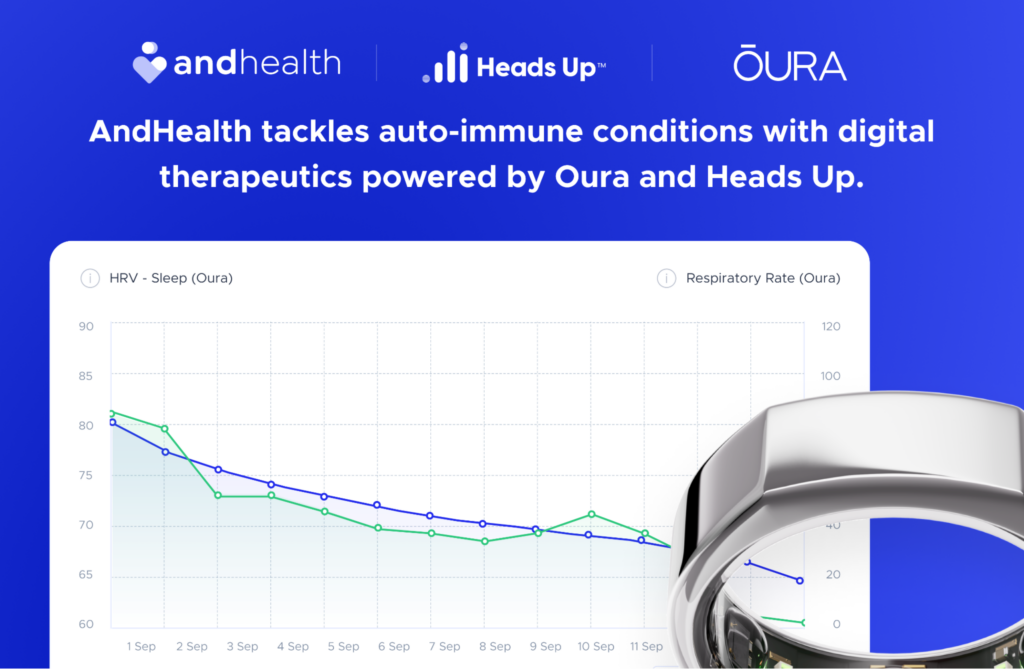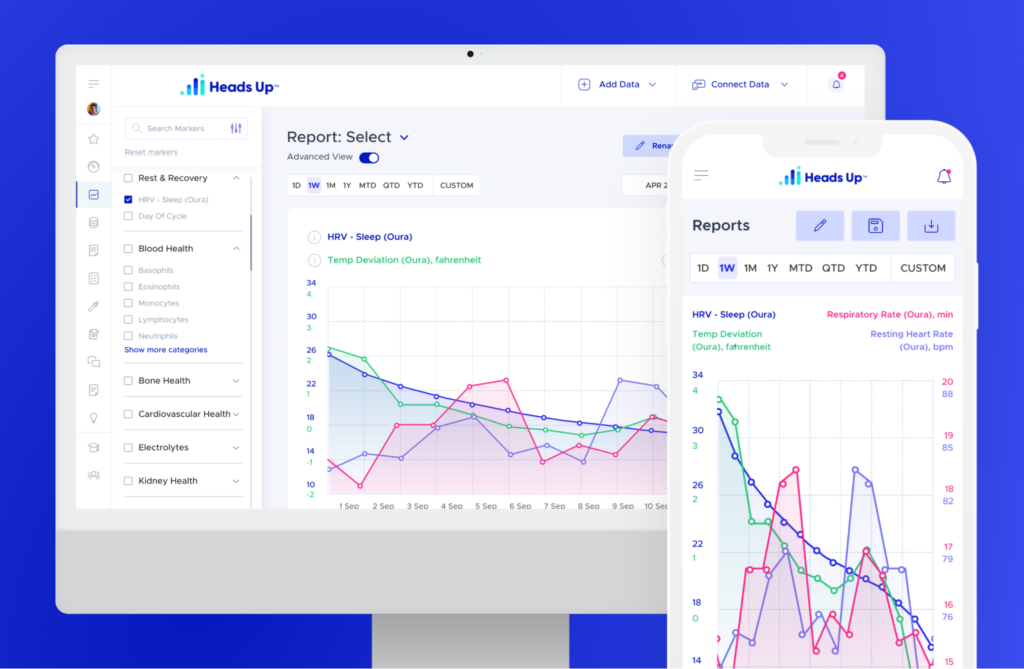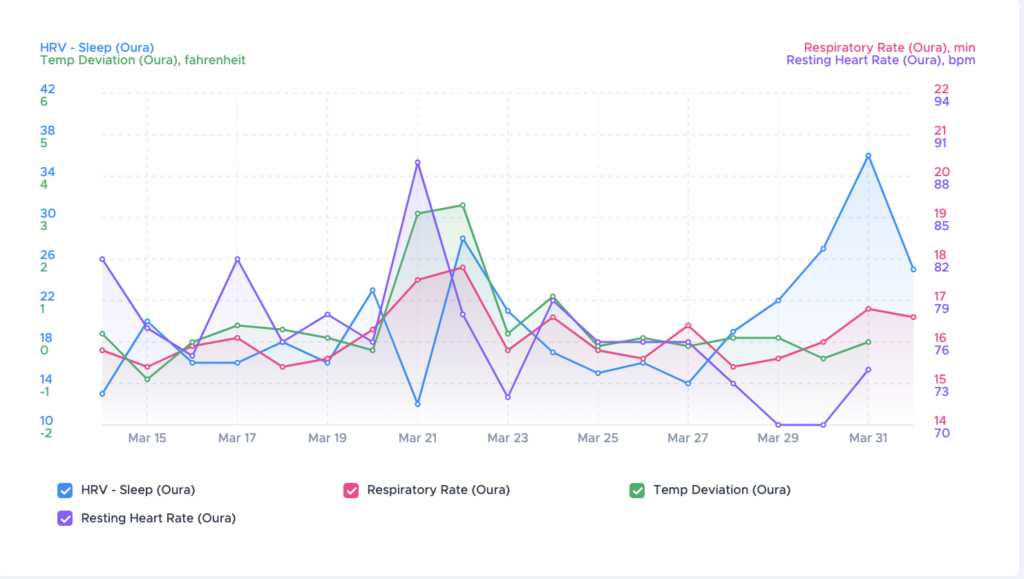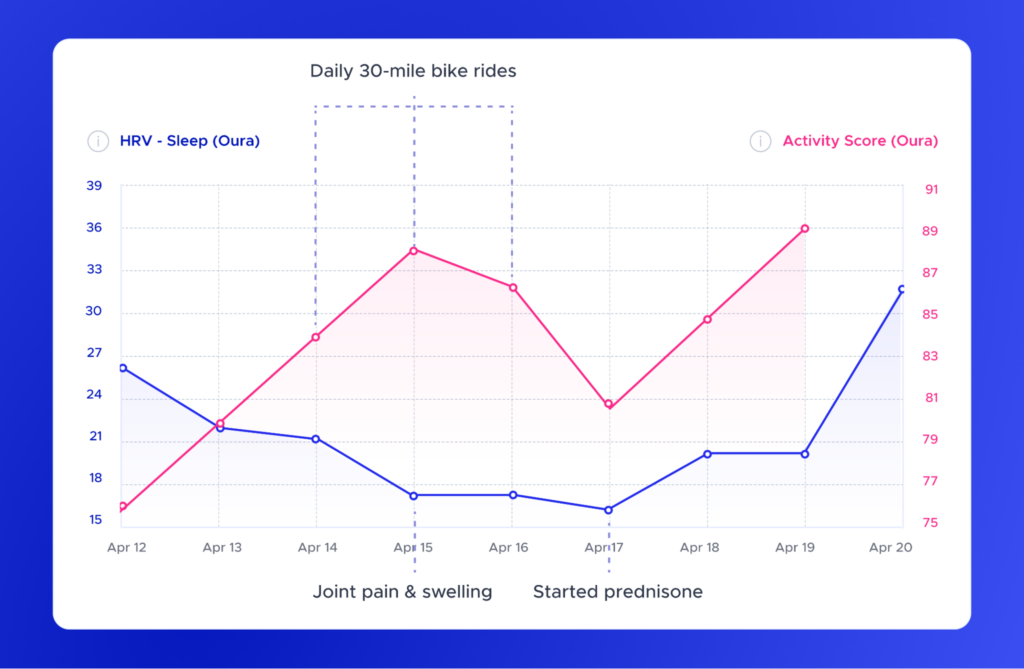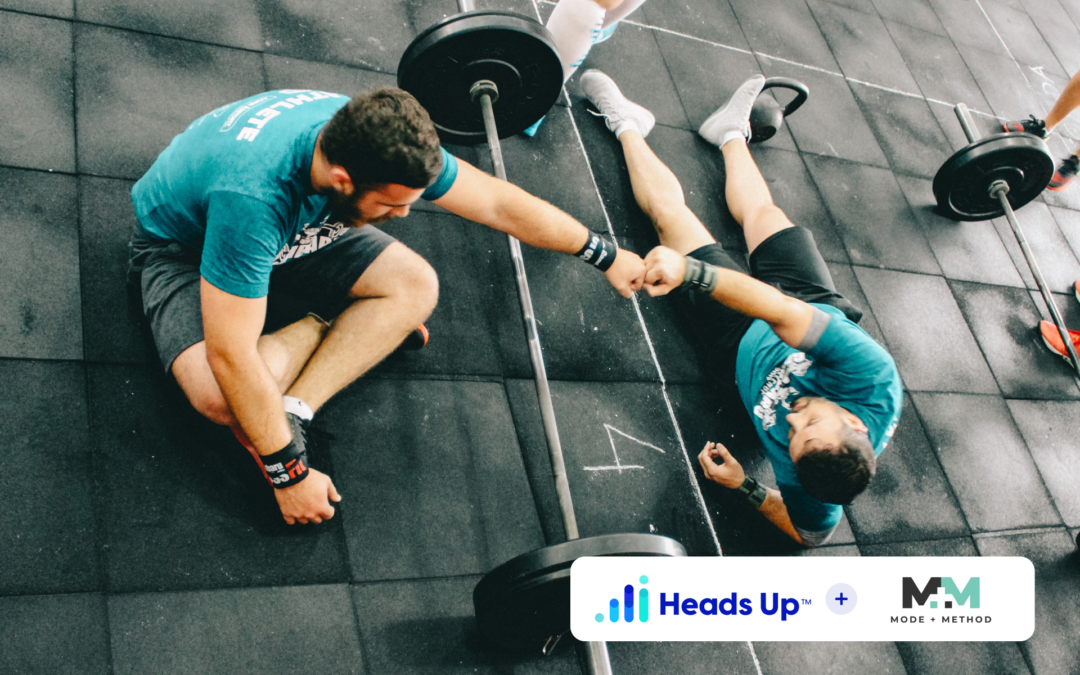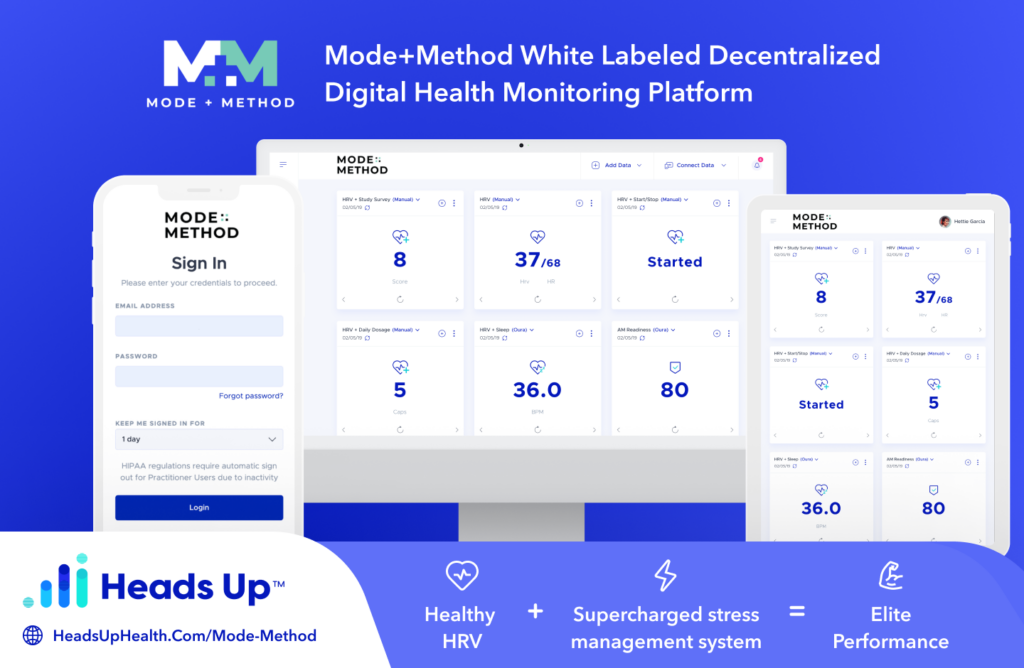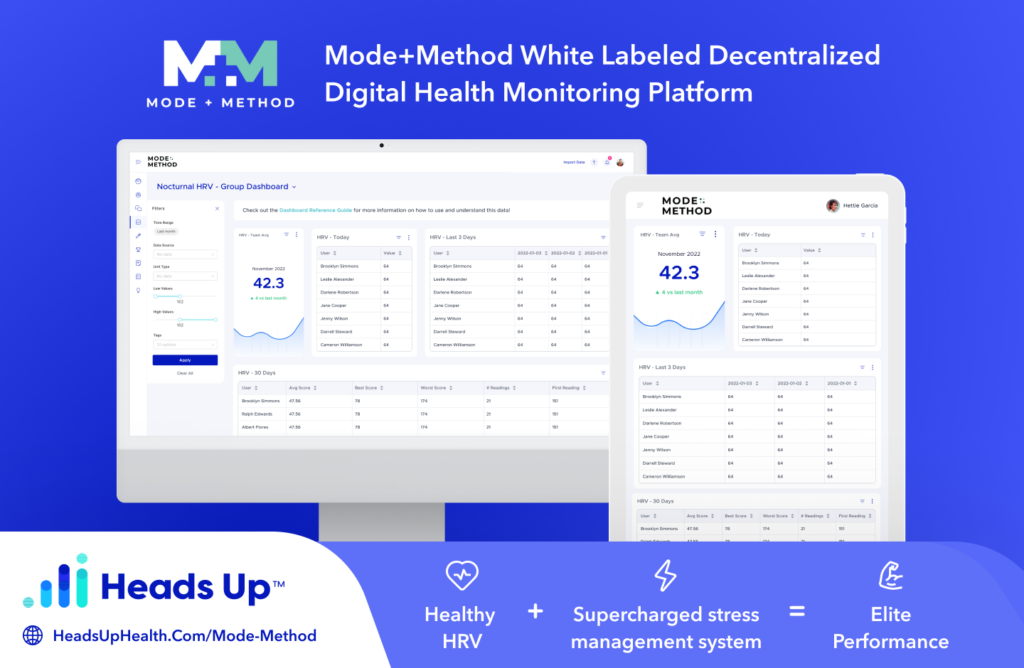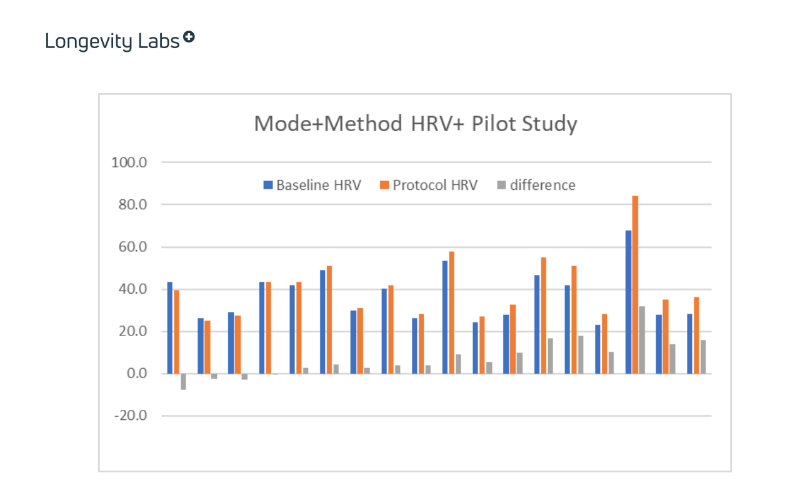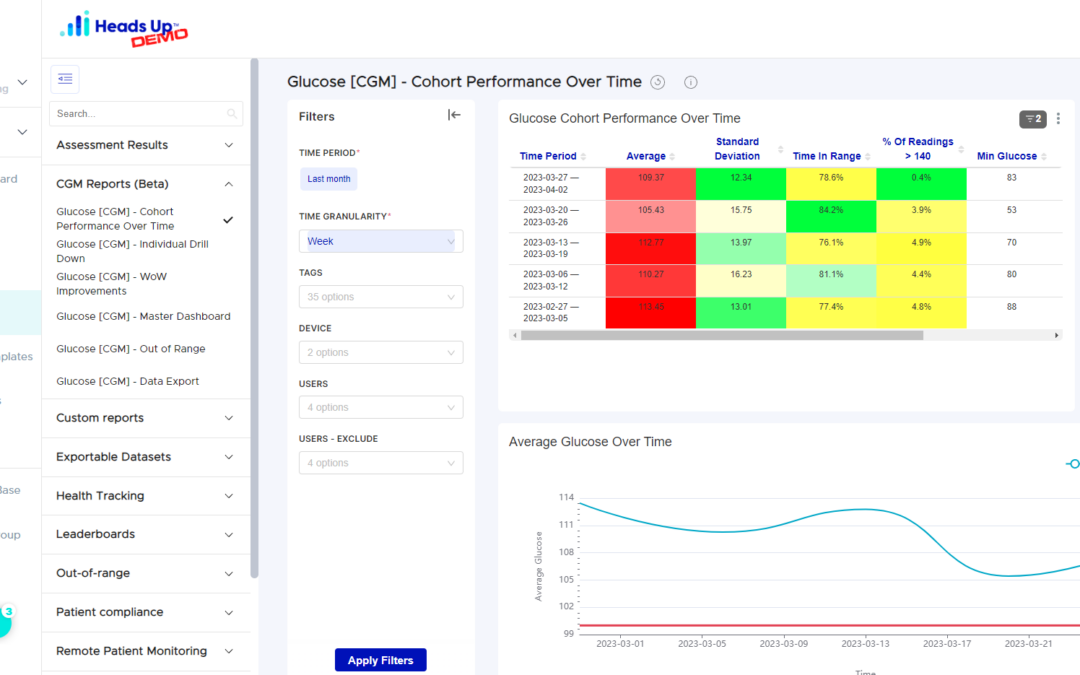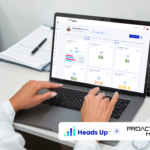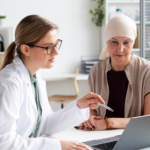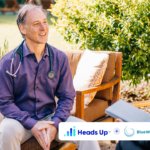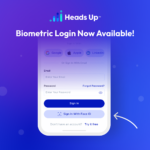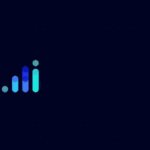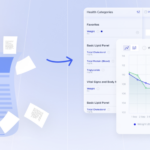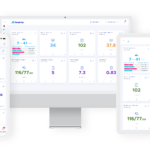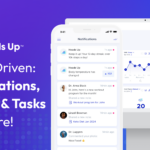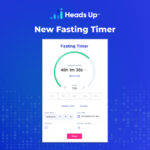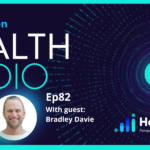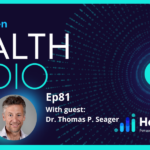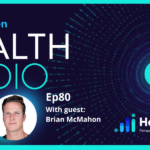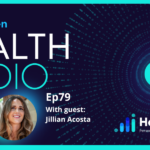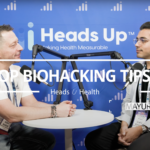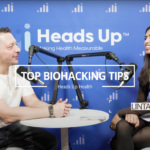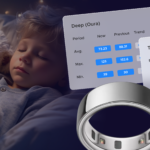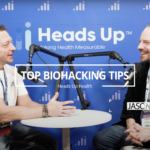Dr. Sara K. – Integrated Oncology @ RootCauses Medical Clinic in San Antonio, TX
Patient Health Data Management For Integrative Oncology
Root Causes is a functional medicine clinic with a specialty in integrative oncology based in San Antonio, Texas. The comprehensive whole-person approach at Root Causes is designed to find the underlying triggers of patient symptoms and use this data to help them return to good health.
Whenever possible, practitioners at Root Causes utilize natural and holistic healing methods in their treatment. For example, they specialize in integrative oncology, which is an evidence-based, patient-centered approach to cancer care that combines natural products, lifestyle modifications, mind and body practices, and conventional medical and surgical treatment practices. The ultimate goal is to relieve current symptoms, reverse the progression of existing diseases, and prevent the development of future illnesses as much as possible.
Root Causes leans on the expertise of functional medicine practitioners. They are focused on identifying underlying factors contributing to their patients’ health challenges and creating a care plan tailored to their unique needs.
Introducing Heads Up Health technology into their practice has helped Root Causes provide more efficient, secure, and timely care for patients. In turn, this has also strengthened provider-patient communication and patient empowerment to monitor their health.
About
Root Causes was established by founder and Medical Director Dr. Derek W. Guillory. His personal history of health challenges early in life led him to be curious about helping his patients answer the question: “Why am I sick?”
Today, Root Causes is a place people can go to better understand what’s going on with their health and navigate the best path forward. This includes access to many functional medicine practitioners, including physicians, nurse practitioners, psychologists, and lifestyle and nutrition coaches.
Root Causes specializes in conditions related to:
- Cancer – Oncology
- Digestion
- Inflammation
- Autoimmunity
- Heart Health
- Metabolism
- Skin
- Chronic Pain
- Hormonal Imbalances
- Body Composition
- Mental Wellness
- Athletic and Sports Injuries
- Brain Health
- Respiratory Health
They also welcome patients who have otherwise unexplainable symptoms and are seeking another perspective.
Practice Challenges
Heads Up Health was able to work closely with Root Causes to specifically address challenges in their practice that were interfering with optimal data management for their patients, including:
Large Amount of Data to Manage
At Root Causes, providers obtain a long list of blood values as part of their patient onboarding process. While many oncologists and healthcare providers rely on standard markers like complete blood count (CBC), Root Causes goes far beyond this, also looking at ketones, thyroid, hormones, and inflammatory markers like C-reaction protein (hs-CRP).
Additionally, they track a patient’s immune-related nutrients, like Vitamins A, D, and B12, zinc, selenium, and homocysteine, as well as enzymes and blood coagulation studies to help determine the best care plan. Urinalyses are also collected to evaluate levels of heavy metals, mold, and environmental toxins that may be present.
This results in a large amount of data to maintain, update, and evaluate for each patient. Doing so is essential to provide the quality of comprehensive care that RootCause providers seek, particularly for their integrative oncology patients and other complex cases.
Tedious Process for Patients
Most people are familiar with how challenging it can be to access your health records when you need them. The providers at Root Causes recognized that their patients have enough on their plate without adding obstacles to their own health data accessibility.
For instance, the only way patients had access to their data was to log in to their portal and scroll through pages of PDFs of their lab work. This made it difficult to see progress and compare labs over time.
High Risk of Human Error
Before using Heads Up Health, the practitioners at Root Causes were manually entering patient data, like blood work trends, into a shared spreadsheet. This naturally made for a higher likelihood of human error given the risk of input error or accidental deletion.
Potential Security Risks
Given the use of shared spreadsheets that were not private, Root Causes practitioners had to be extra careful about what they were sending to patients using their previous system to ensure confidentiality.
Time-Consuming Data Entry, Comparison, and Sharing
Root Causes providers noted that their original way of entering patient information and updating labwork was extremely time-consuming. Not only were they entering individual lab values (many of which extended multiple years), but they were also labeling them one by one with an H for “high” or an L for “low” to highlight any abnormal trends.
The process of sharing patient data with other providers was also tedious and required a lot of manual input. Furthermore, if they needed to compare patient labs, they would have to create two PDFs and compare them side-by-side and line-by-line.
Technology Solutions
The providers at Root Causes were seeking ways to reduce the amount of labor required to maintain and update patient records and redirect that focus back to what they care about the most: their patients themselves.
Heads Up Health Concierge Lab Data Mapping Services is a done-for-you service that takes existing patient data and organizes it into a new system. Integrating it into the framework of Root Causes patient care has resulted in significant improvements in their data management.
Real-Time Data and Trends
Root Causes patients can now access their data quickly using either an app or a web browser to log into a secure portal. Additionally, they have real-time access to their labs and can see when a change has been made.
Heads Up Health automatically assigns “high” and “low” color values to labs so everyone can easily see if something is abnormal. Data can be easily viewed in a chart that shows how labs have been trending over time.
More Control and Accessibility
Heads Up Health offers significantly more control over what data is being seen on screen. This improves the organization of lab results and the visibility of important markers. No more guessing, endless scrolling, searching, or manually piecing together data points to determine health trends.
Overall, the implementation of Heads Up Health Concierge Lab Data Mapping Services has resulted in greater workflow efficiency, lower costs, and better outcomes for the patients and the providers at Root Causes.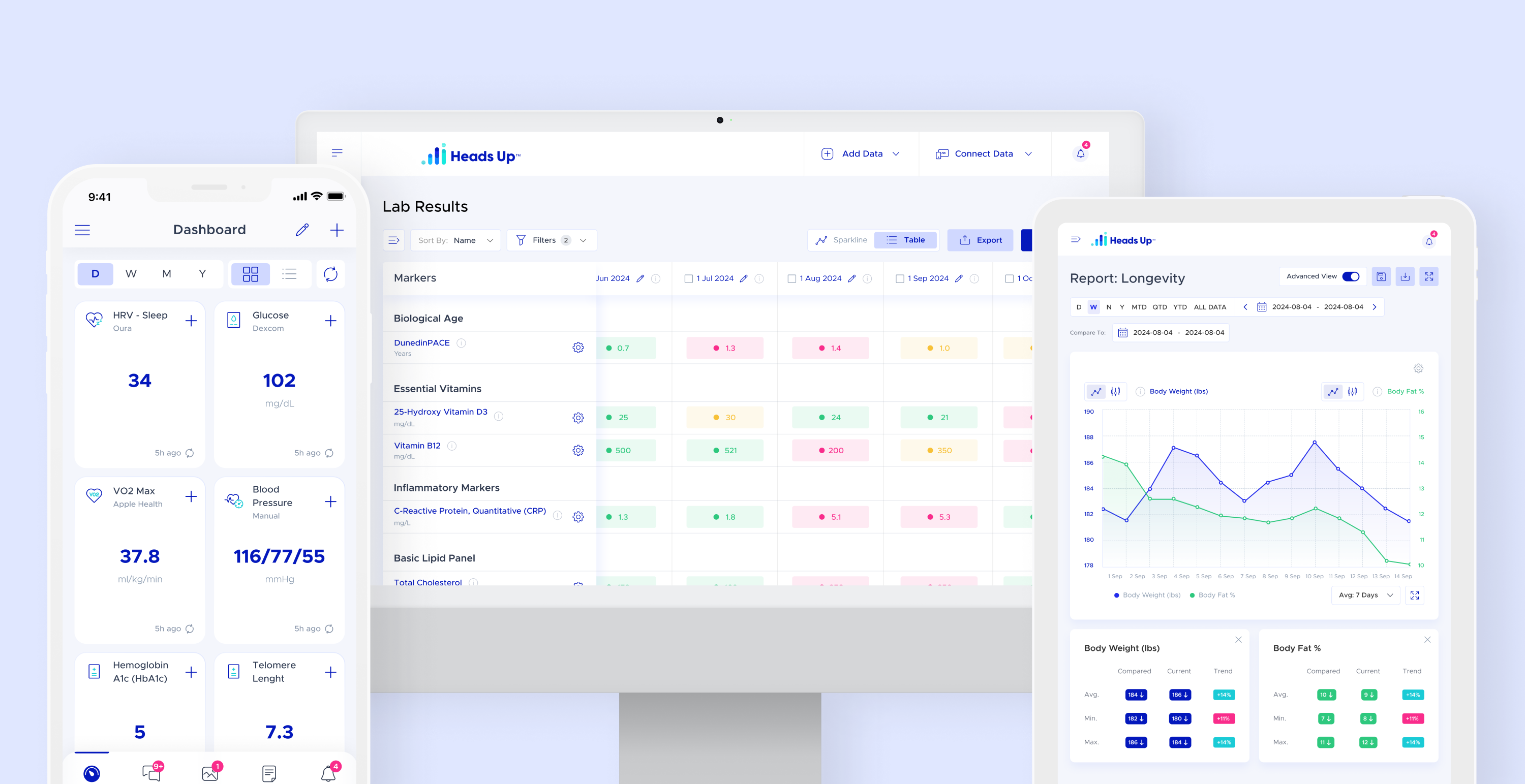
Patient Care Outcomes
Root Causes takes a whole-person approach to understanding, supporting, and treating their patients. The majority of the patients who find treatment at Root Causes establish long-term relationships with their care providers.
Since the implementation of Heads Up Heath technology, patients at Root Causes report accessing and monitoring their health trends more frequently.
The providers have also noticed that this has improved their ability to hone in on patient behavioral change, motivation, and adherence to their care plan. Streamlining the process of data management at Root Causes supports improved long-term patient outcomes.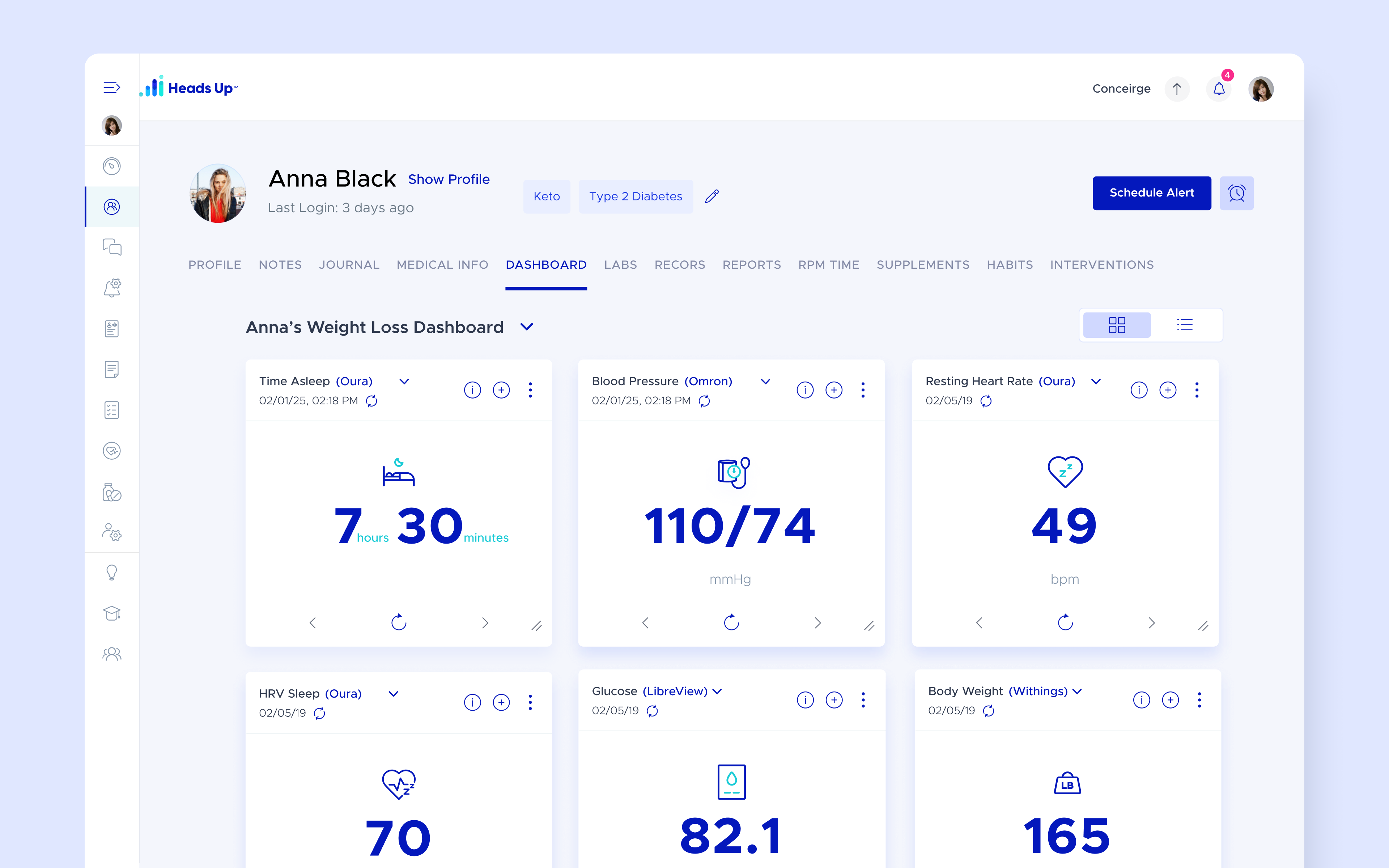
Summary
Root Causes is a functional medical clinic leading the way for whole-person health advocacy and overall better patient care. They aim to help patients identify the underlying causes of their health concerns so they can make a targeted, comprehensive treatment plan. Whether you have a condition related to digestion, heart health, inflammation, or unknown origin, Root Causes is poised to offer a long-term and collaborative solution.
Heads Up Health worked with Root Causes to address their primary concern of inefficient, low-security, and time-consuming patient data management. The clinic now utilizes Heads Up Health Concierge Lab Data Mapping Services to efficiently organize patient data and make it easily accessible, for patients and providers alike.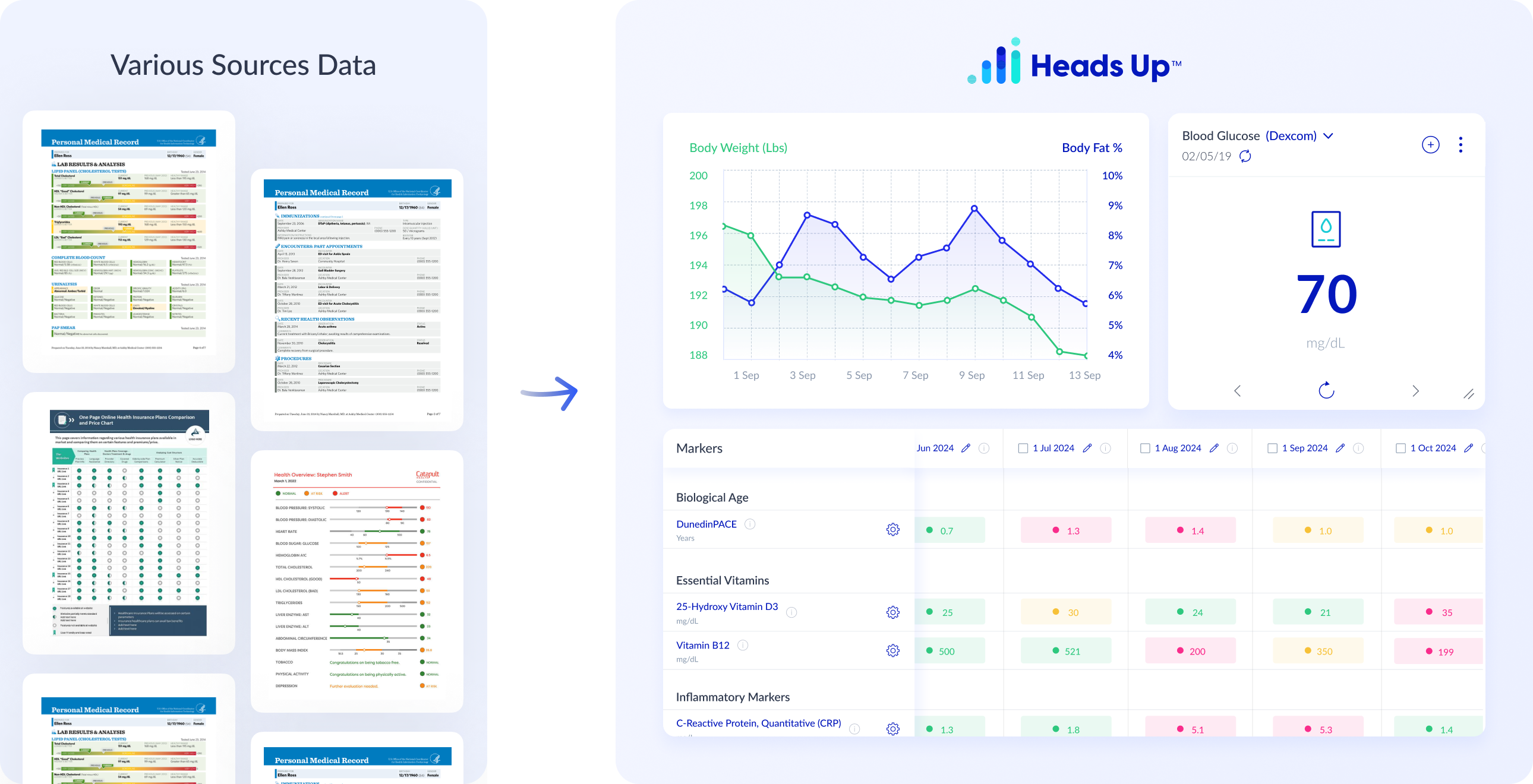 Furthermore, patients are more empowered to understand what’s going on with their health, monitor their lab trends, and communicate with their providers about their experiences, wins, and challenges.
Furthermore, patients are more empowered to understand what’s going on with their health, monitor their lab trends, and communicate with their providers about their experiences, wins, and challenges.
If your healthcare practice is in a similar boat, our done-for-you data mapping services can streamline your data management process so you can fully focus on patient care.
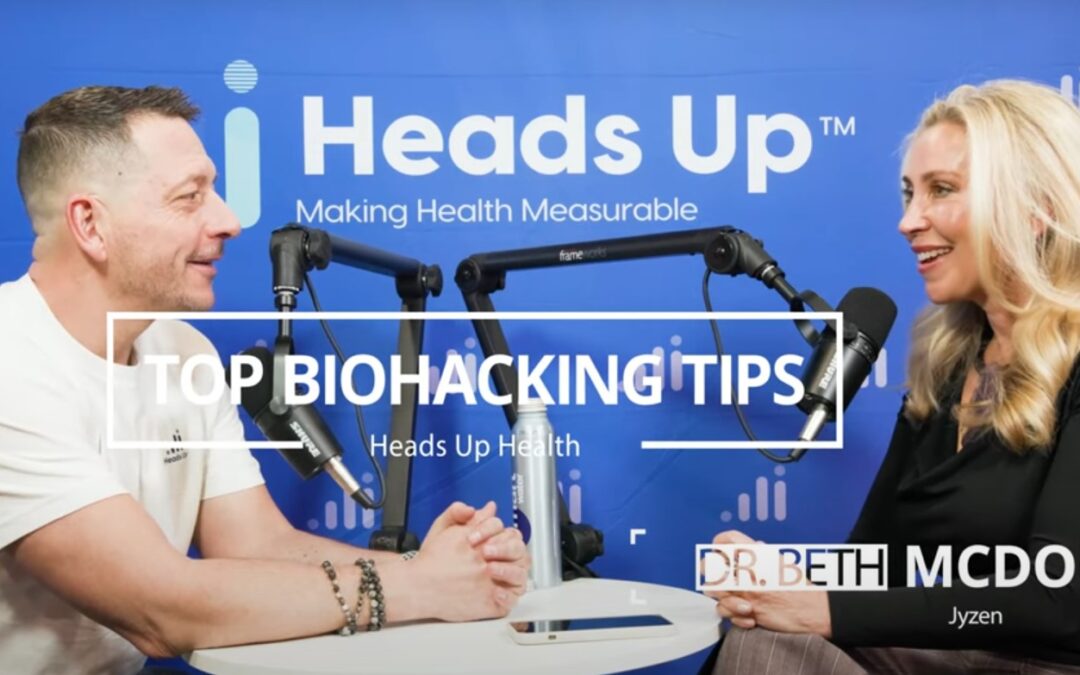
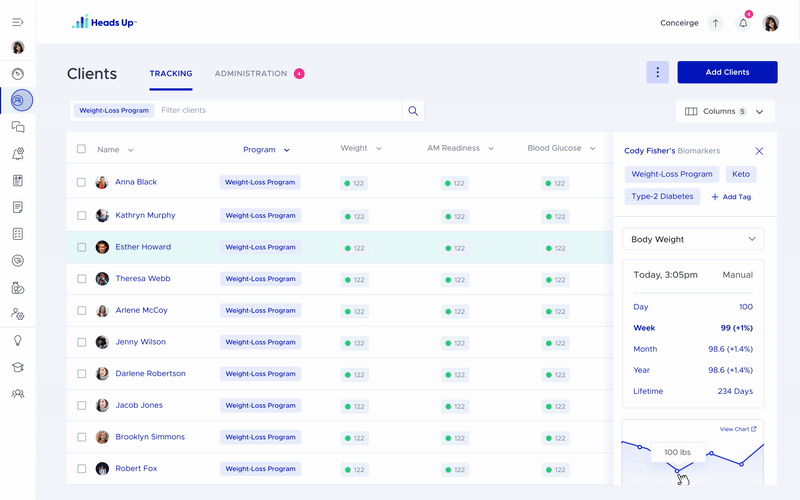

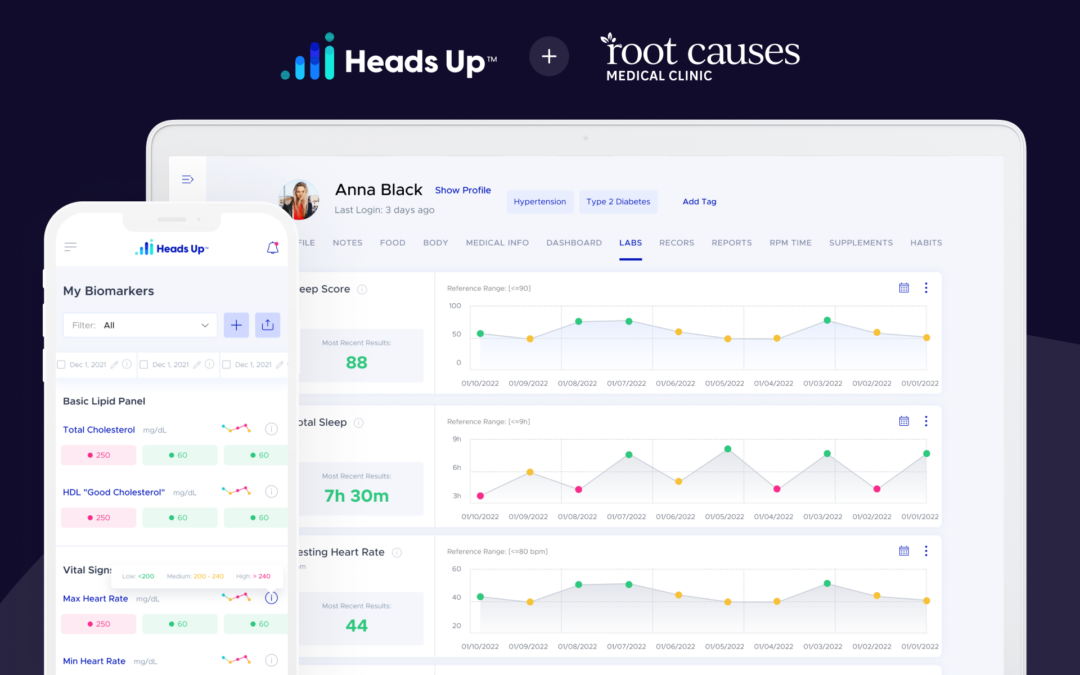


 Furthermore, patients are more empowered to understand what’s going on with their health, monitor their lab trends, and communicate with their providers about their experiences, wins, and challenges.
Furthermore, patients are more empowered to understand what’s going on with their health, monitor their lab trends, and communicate with their providers about their experiences, wins, and challenges.